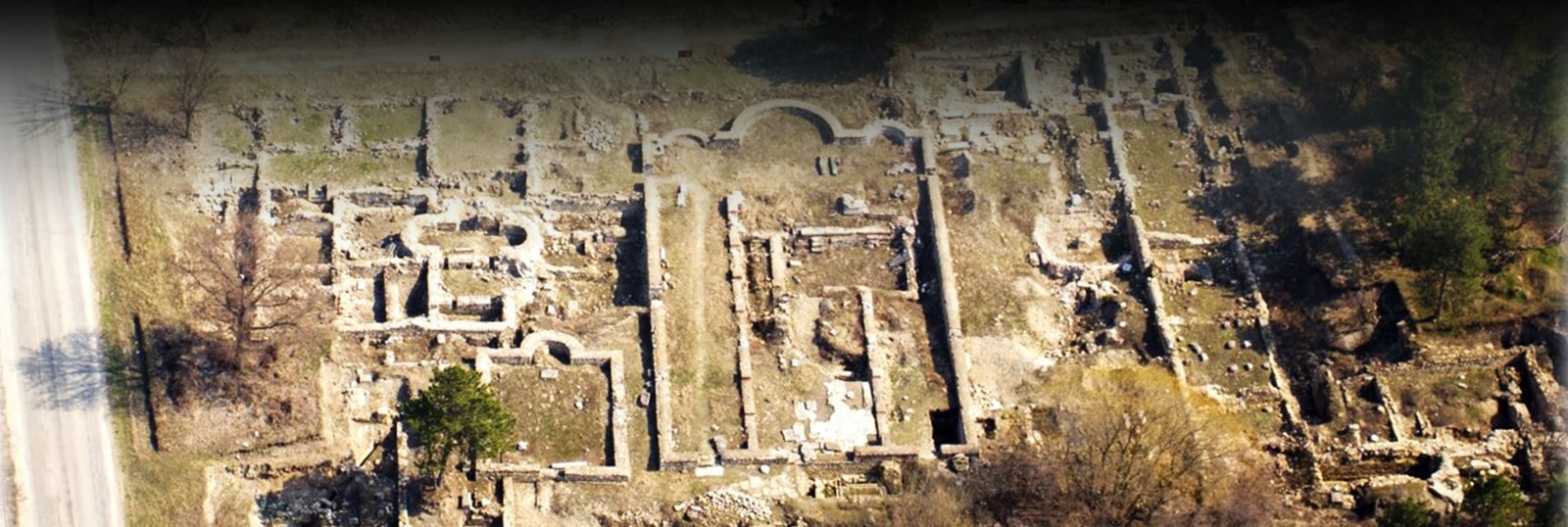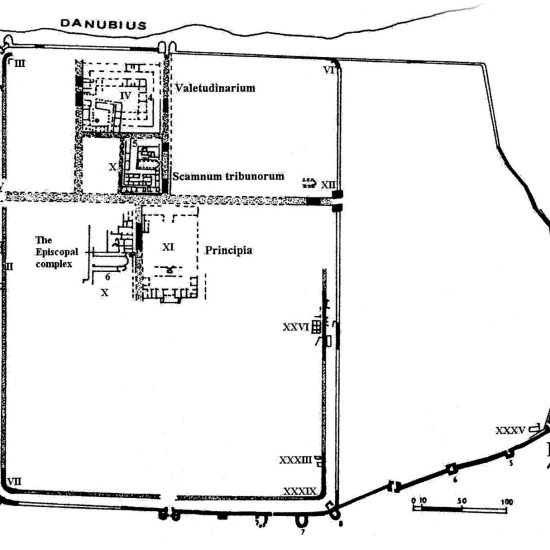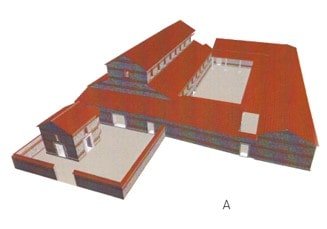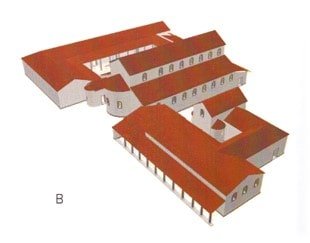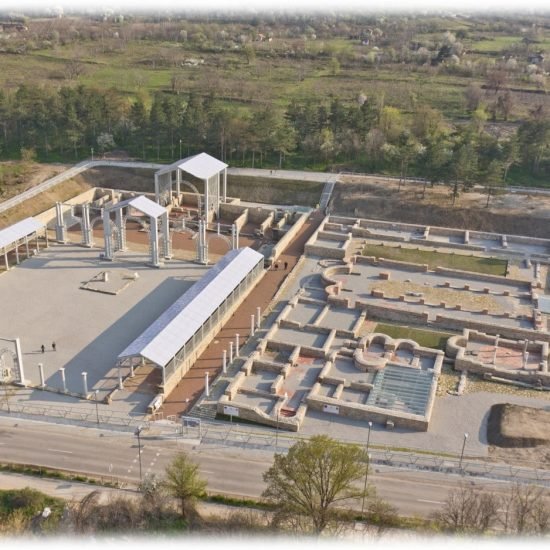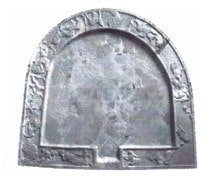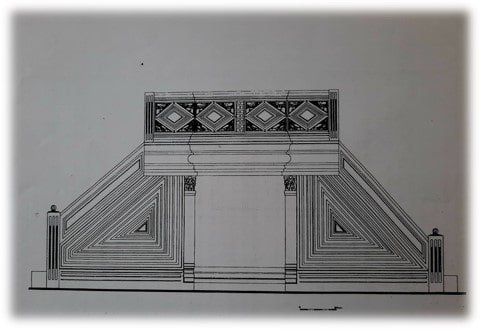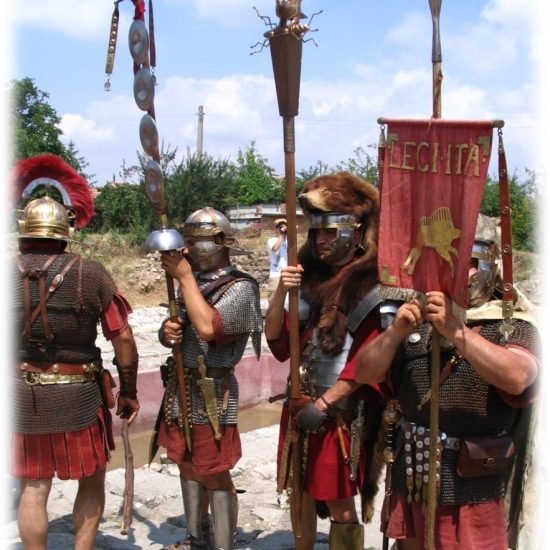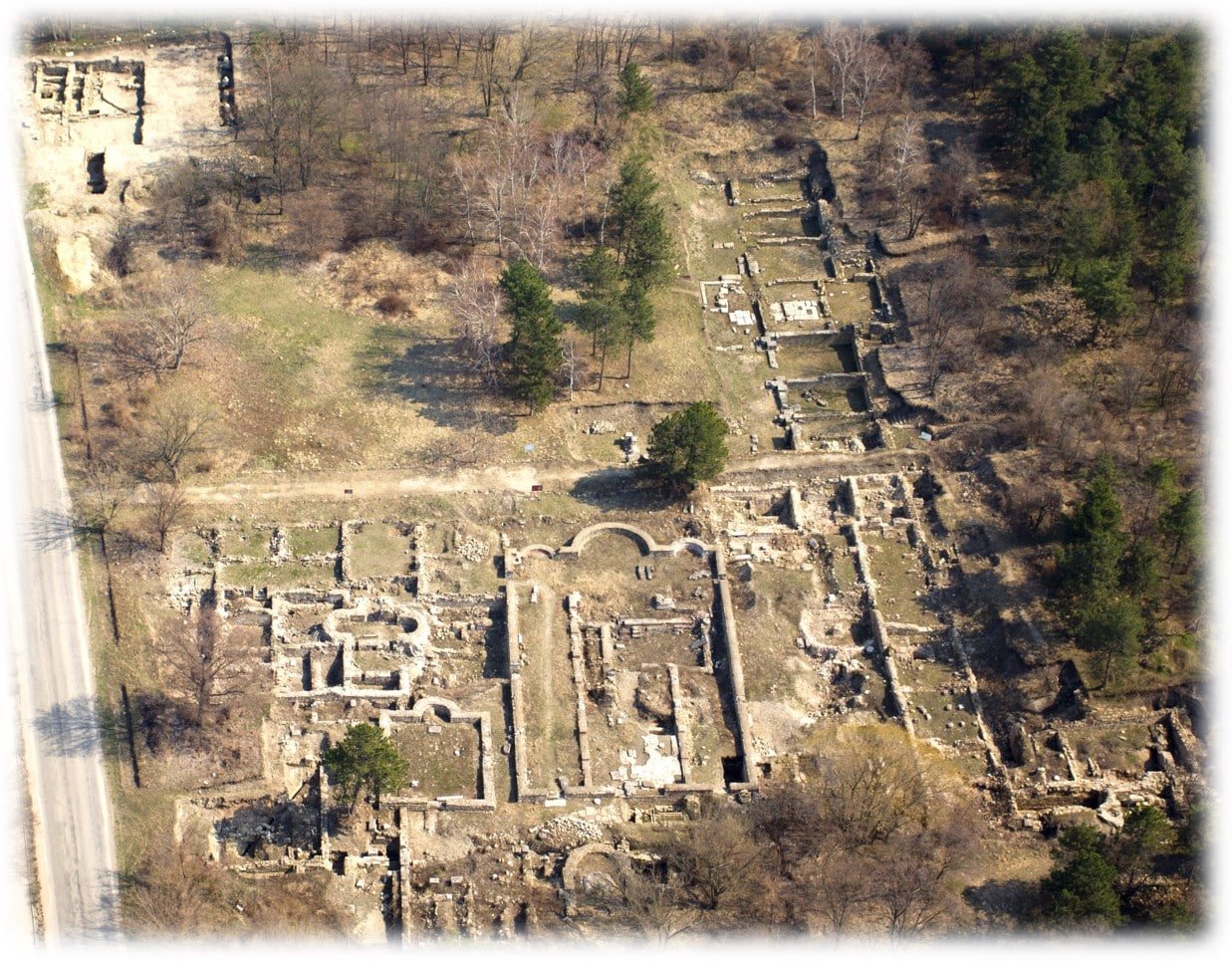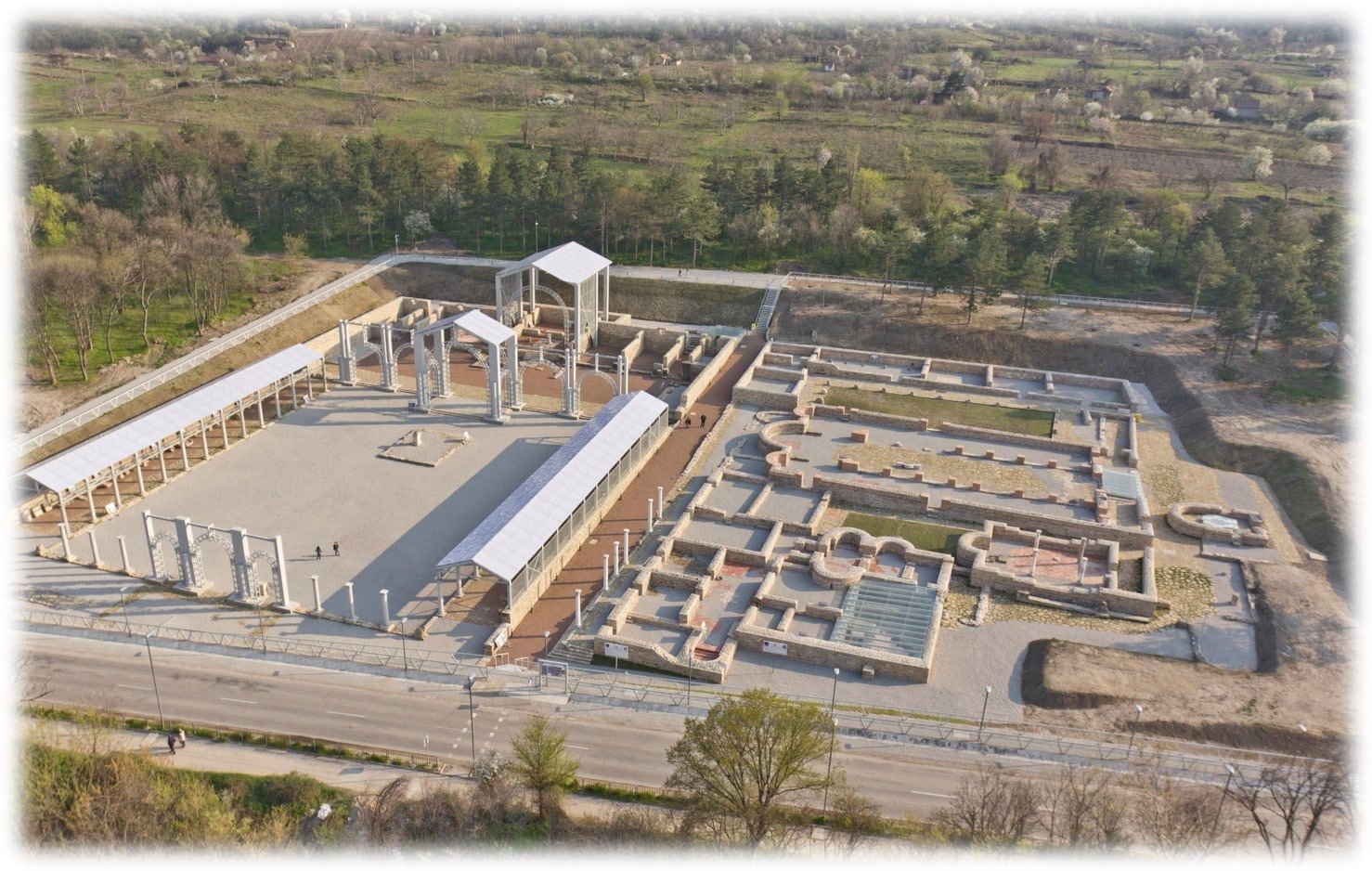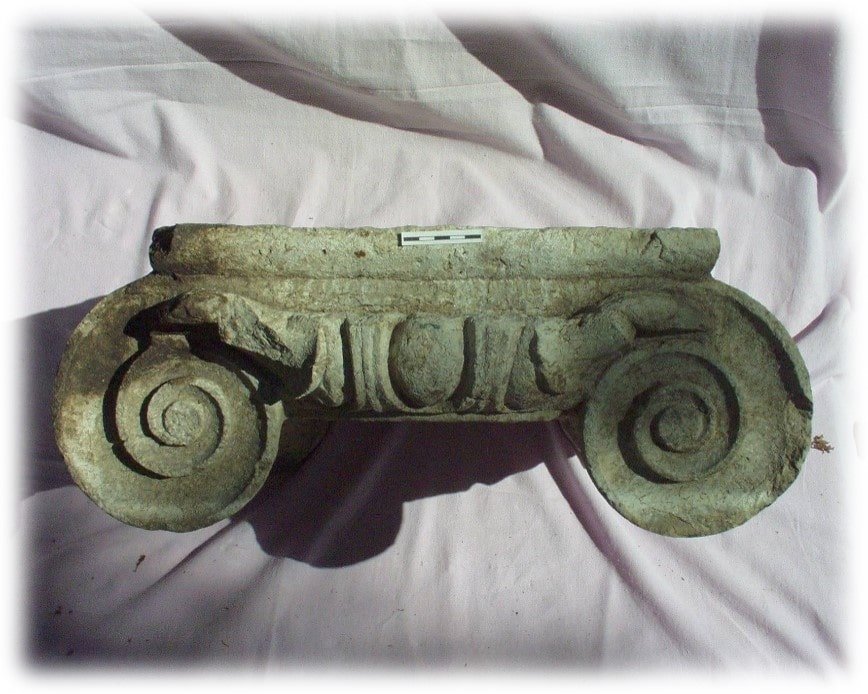Novae Archaeological Site
per person
Novae is located next to the present-day town of Svishtov, on the banks of the Danube River. The archaeological research there began in the 1960s under the leadership of a Bulgarian-Polish team.
It was originally organized as a military camp for the defense of the Limes along the Lower Danube. The Legio VIII Augusta was the first to arrive in 48, followed by the elite Legio I Italica. At first, the military camp consisted of adobe defensive walls with a wooden fence, observation towers and barracks. The fortification expanded consistently over time. Many corrections were also made due to the invasions of Barbarian tribes from the north and east, periodically striking the whole of today’s Northern Bulgaria – Goths, Huns, Avars, etc. The legion camp is rectangular in plan, with gates on each side. In the protected area, building of the military headquarters – the principia, richly decorated with statues, the officers’ residences, the legion bath and barracks for the soldiers were revealed. A hospital was also constructed, which could accommodate up to 300 men for treatment. In its courtyard a sanctuary was set up dedicated to the healing deities Asclepius and Hygeia.
Gradually, a civilian settlement was built outside the fortress walls, inhabited by colonists, former legionnaires who started families with local women, merchants, often immigrants from Asia Minor. In 69, Emperor Vespasian issued a decree giving Novae a town status.
Novae is connected with another important, still poorly known episode of the history of the Bulgarian lands – the presence of the Goths. In 250, the town fell victim to a severe Gothic attack led by Cniva. It suffered great destruction, but the fortress resisted and was not captured. Complicated relations with the Goths followed for decades, some of them settled permanently in today’s Northern Bulgaria. In the period of 418 – 451, Novae became the main residence of Theoderic the Great, King of the Ostrogoths, before continuing his way to Ravenna, Italy.
In the 5th – 6th centuries Novae – already a large, beautiful town – became the seat of a bishopric. An Episcopal complex was revealed, which contained large and small basilicas, a beautiful baptistery, remarkable for its architecture, as well as a huge building dedicated to the worshipers of the local martyr St. Lupus. The name of the Saint became known due to the discovery of a sarcophagus on which Lupus was engraved. Most likely, the sarcophagus belonged to a martyrium that kept the relics of the Saint.
St. Lupus of Novae is mentionated by Theophylact Simocatta in his “History”. In 595, Strategos Peter, brother of Emperor Mauritius, led a campaign against Slavs, Bulgars and Avars who were attacking the northern border of the Empire. He stayed in Novae for two days and took part in the all-night vigil on the eve of the feast devoted to the local martyr St. Lupus.
The Bulgarian Orthodox Church celebrates the memory of St. Lupus on August 23.
For the last time Novae is reported in the chronicles from the early 7th century.
FORMAL ANALYSIS
The Episcopal complex of Novae has been completely uncovered and preserved. From 1974 to 2013, it was explored by the expedition of the Adam Mickiewicz Poznań University – Poland, under the leadership first of Prof. Stefan Parnicki-Pudelko, and from 1990 on by Dr. Andrzej Biernacki.
The Episcopal complex is located on the left side of the principia of the Roman military camp and over the large legion baths from the 2nd – 5th centuries. It is composed of one of the largest Episcopal basilicas on the Balkans, the Episcopal residence, the small basilica, ptochotrophium – house for the poor and a free standing baptistery.
At least five phases of construction and operation of the Episcopal Basilica have been registered.
- Phase I: a three-nave one-apse basilica with an added narthex and an atrium – first quarter of the 5th century.
- Phase II: a three-nave one-apse basilica with a narthex and a free-standing baptistery built in the atrium – second half of the 5th century.
- Phase III: a three-nave one-apse basilica with a narthex and martyrium added from the outside to the southern aisle – the late 5th – early 6th century.
- Phase IV: a three-nave three-apse basilica with an extended narthex and additionally separated presbytery and auxiliary rooms – prothesis and diaconicon. Changes in the interior decoration of the basilica appeared, also an altar screen and a Constantinople-type pulpit made of Proconnes marble – first half of the 6th century.
- Phase V: construction of a baptistery in the eastern part of the southern aisle of the basilica with the shape of a clover inscribed in a circle – third quarter of the 6th century. Fragments of columns and capitals in the Corinthian order were found in and around the basilica, from which it can be judged that the colonnade separating the aisles was in this style.
Four more churches are known in the ancient town. The one at the eastern gate was built in the early 4th century over of an earlier building from the 2nd century. It functioned until the early 5th century, and then until the 7th century a smaller chapel was built over it. To the west of the fortress, the remains of a three-nave basilica dated to the mid 5th century were discovered. North of the forum, two more churches were revealed, built on top of each other – one from the late 5th and the other one from the early 6th century.
EUGENIA GENCHEVA AND KATYA MELAMED
- NOVAE © PHOTS AND PLANS, EUGENIA GENCHEVA
- Novae Bishopric. Plan of V phase. Third quarter of the 6th c. © After A. Biernacki, R. Czemer
- Novae Bishopric. The basilica and the free-standing baptistery © Reconstruction after B. Biernacki
- Novae Bishopric. The basilica and the free-standing baptistery © Reconstruction after B. Biernacki
- Novae Bishopric. Aerial photo © PHOT. EUGENIA GENCHEVA
- Novae – reconstruction of the principia and the Bishopric. Aerial photo © PHOT. EUGENIA GENCHEVA
- Mensa Sacra from the Episcopal basilica © PHOT. EUGENIA GENCHEVA
- Novae. Ionic capital © PHOT. EUGENIA GENCHEVA
- Novae. The pulpit, general view. © Reconstruction A. Biernacki, W. Tarka
- Wall painting from the legion headquarter © PHOT. EUGENIA GENCHEVA
- Festival of Roman culture in Svishtov © PHOT. EUGENIA GENCHEVA
Tour Location
Novae Archaeological Site
| Other monuments and places to visit | Archaeological exposition in Svishtov |
| Natural Heritage | |
| Historical Recreations | Yes |
| Festivals of Tourist Interest | Yes. Eagle on the Danube Festival of ancient heritage in early June annually. Festival of Roman Culture |
| Fairs | |
| Tourist Office | Yes. Monday-Friday 8.30 a.m. – 5 p.m. Svishtov & Architectiral Reserve Novae |
| Specialized Guides | Yes |
| Guided visits | Yes |
| Accommodations | Plenty of |
| Restaurants | Plenty of |
| Craft | Yes |
| Bibliography | |
| Videos | |
| Website | tic.visitsvishtov.com |
| Monument or place to visit | Novae site – the Roman and Early Byzantine town |
| Style | Roman and Late Antique architecture |
| Type | Civil and Early Christian architecture |
| Epoch | 1st – early 7th c. |
| State of conservation | Good |
| Degree of legal protection | Archaeological Reserve Novae |
| Mailing address | novae@abv.bg ticsvishtov@gmail.com |
| Coordinates GPS | 43°36′41″N 25°21′25″E |
| Property, dependency | Monument of culture of national significance – Ministry of Culture of Republic of Bulgaria |
| Possibility of visits by the general public or only specialists | General public visits |
| Conservation needs | Yes |
| Visiting hours and conditions | Wednesday – Friday 9.30 – 12.30 a.m. – 1.00 – 6 p.m.; Weekend 10 a.m. – 5 p.m. |
| Ticket amount | |
| Research work in progress | |
| Accessibility | Good |
| Signaling if it is registered on the route | |
| Bibliography | An. Biernacki. Biskupstwo w Novae (Moesia Secunda) IV – VI w. – In: Historia – Architektura – Życie codzienna, Tom 1. Poznań 2013. Atanasov. A propos de martyrium de St. Loup de Novae (Svishtov) – In: Moesia et Christiana. Studies in Honour of Professor Alexandru Barnea. Ed. A. Panaite et all. Braila 2016, 413-419. Teofilact Simocatta. Historiae VII, 2.17. Ed. Boor. Leipzig 1887, p. 249. |
| Videos | |
| Information websites | tic@visitsvishtov.com |
| Location | At the outskirts of Svishtov |


